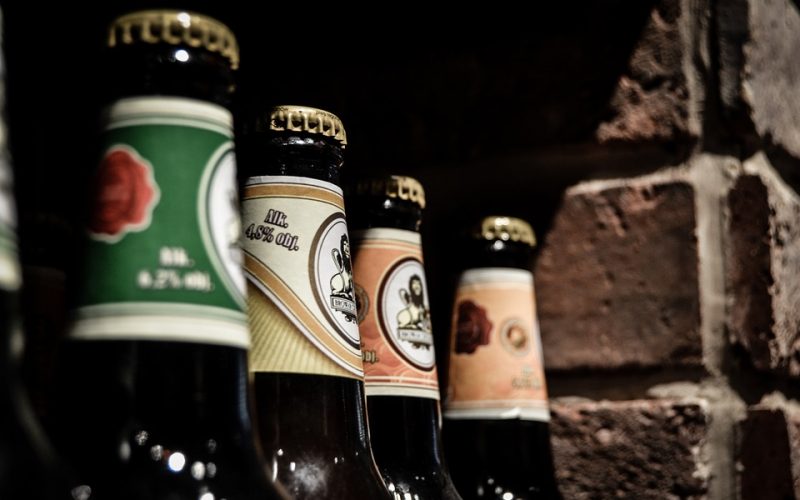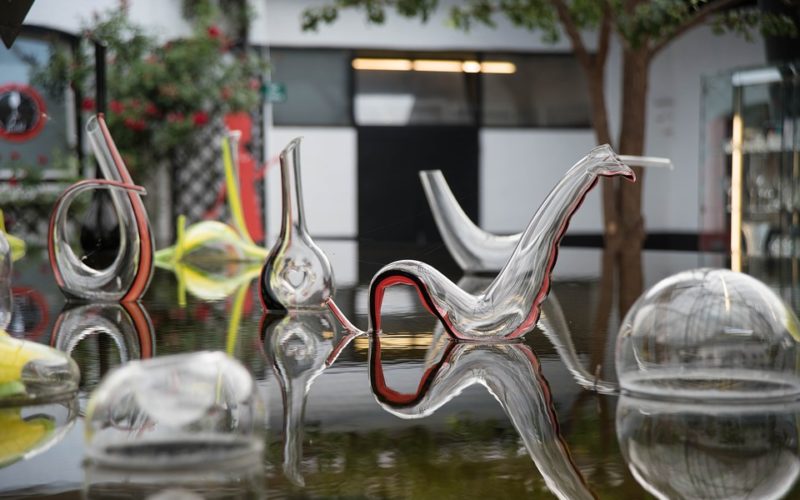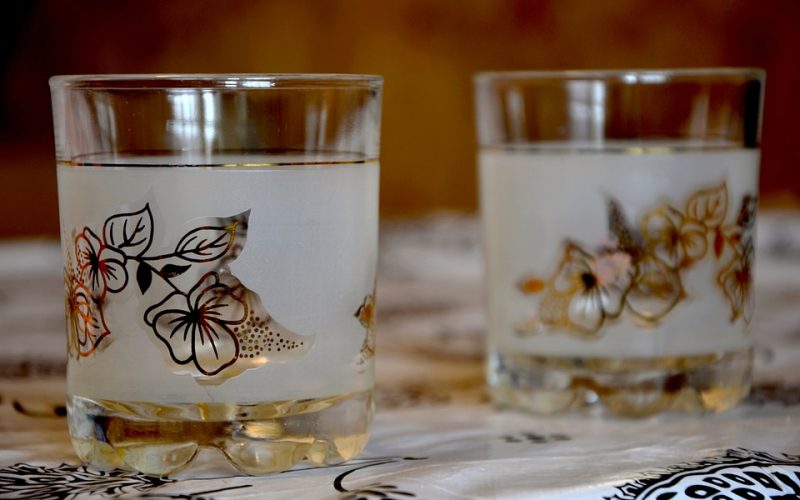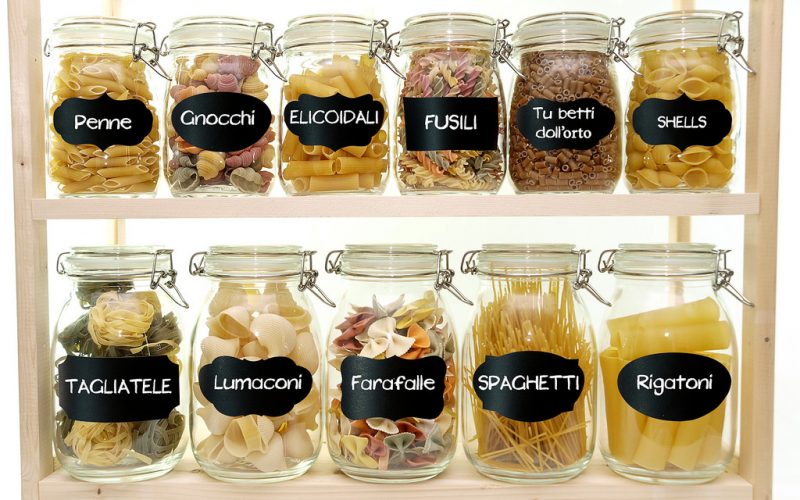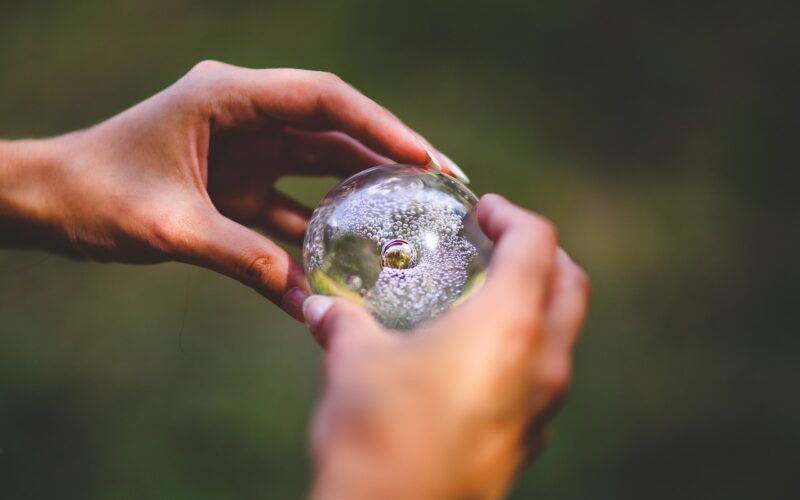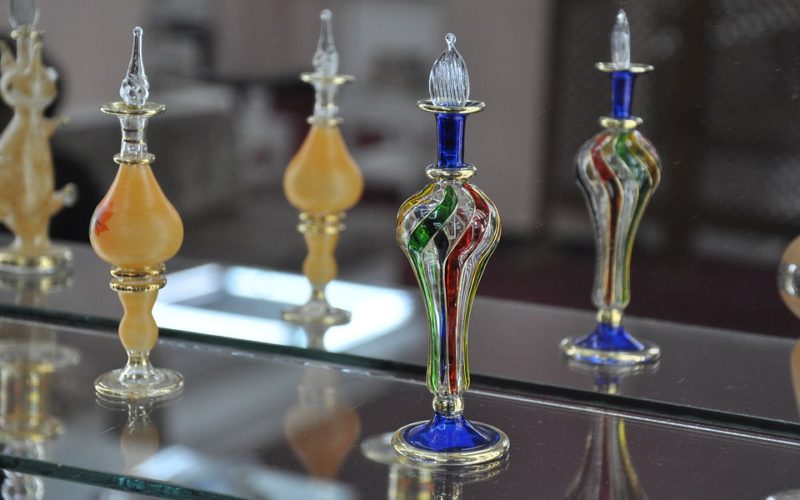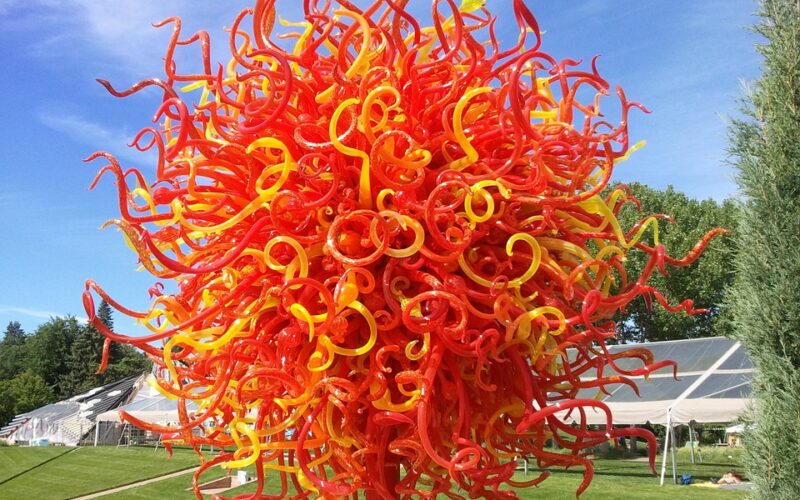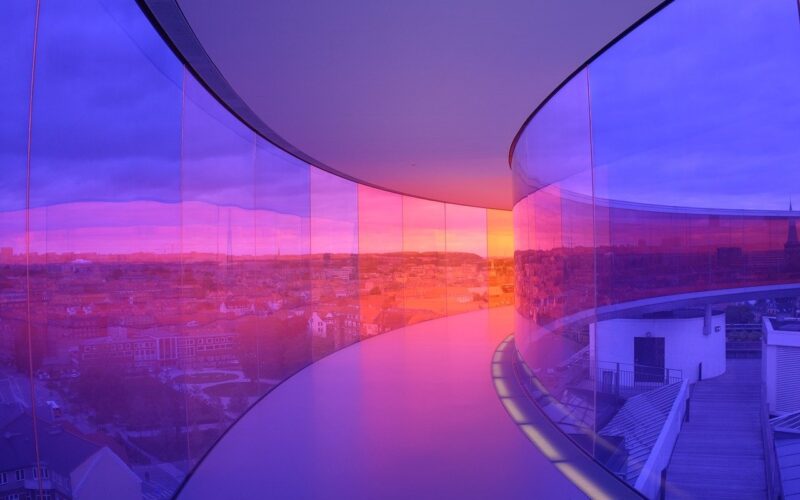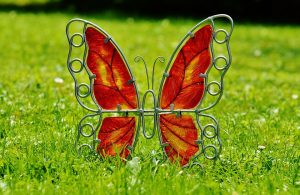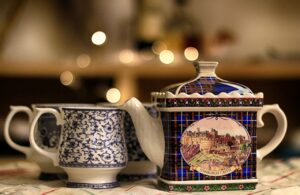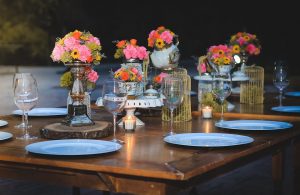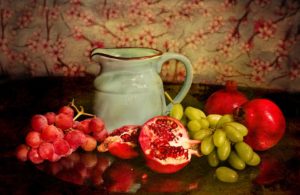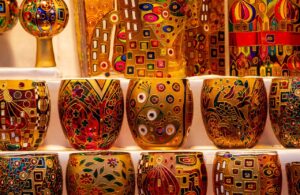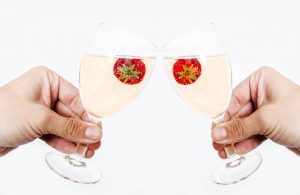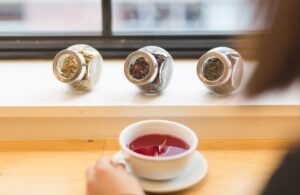Coloured Beer Bottles
The colour of a beer bottle plays an essential role not only in the marketing and branding of the beverage, but also in its preservation. Traditionally, beer bottles come in three primary colours: brown, green, and clear (often referred to as flint). Each colour is chosen for specific properties, with the main consideration being how they protect the beer from light, especially ultraviolet (UV) rays, which can cause beer to spoil or "skunk."
Amber tint filters
Brown bottles are the most effective at protecting beer from UV light. The amber tint filters out much of the harmful sunlight, thereby preserving the flavour and freshness of the beer contained within.
This added layer of protection is particularly important for beers that are to be stored for a longer period, as it effectively reduces the risk of spoilage. This traditional choice remains popular among brewers focused on ensuring consistent flavour quality for their consumers.
Green bottles allow more light
Green bottles, while less effective than brown ones, have a storied place in the beer industry largely due to historical contexts. In times when brown glass was in shortage, brewers turned to green glass as an alternative. This led to the association of green bottles with certain high-quality European beers, hence their continued use as a marketing strategy to evoke a sense of exclusivity and heritage.
However, green bottles allow more light to penetrate, making them less optimal for preserving beer compared to brown variants.
Beer more susceptible to light-induced changes
Clear bottles are primarily used for marketing purposes, allowing consumers to view the beer's appearance, which can be appealing and enticing on the shelf. However, clear bottles offer the least protection against UV light, making the beer more susceptible to light-induced changes in flavour.
To counteract this vulnerability, manufacturers may apply special UV-protective coatings to clear bottles where practical or use beer formulas that are less sensitive to light exposure.
Enhancing visual appeal
The advancements in glass manufacturing have also introduced glass decals, a kind of decorative application method for glass bottles. These decals are used to create intricate designs and branding graphics directly onto the bottle surface, enhancing visual appeal without the need for paper labels that can peel or degrade over time.
Glass decals can transform ordinary containers into visually striking pieces, while also offering brewers another avenue to advertise their brand and stand out in a competitive market.
Psychology behind colours
While the choice of bottle colour often depends on the balance between aesthetics and practicality, it is undeniable that the colour of a beer bottle can significantly impact consumer perception. The psychology behind colours also plays a part.
For instance, brown is often associated with tradition and reliability, green with freshness and taste, and clear with purity and transparency. Thus, brewers carefully consider these factors when deciding on the best colour to represent their product's identity.
Enriches the visual experience
The colour of beer bottles is a result of both historical practices and modern marketing strategies, with the ultimate aim of preserving the beer’s quality while appealing to consumer preferences. The introduction of glass decals further enriches the visual experience, allowing brewers to blend heritage with contemporary appeal.
As the industry continues to innovate, the design and functionality of beer packaging will likely evolve, but the fundamental importance of colour in both preservation and branding remains steadfast.
